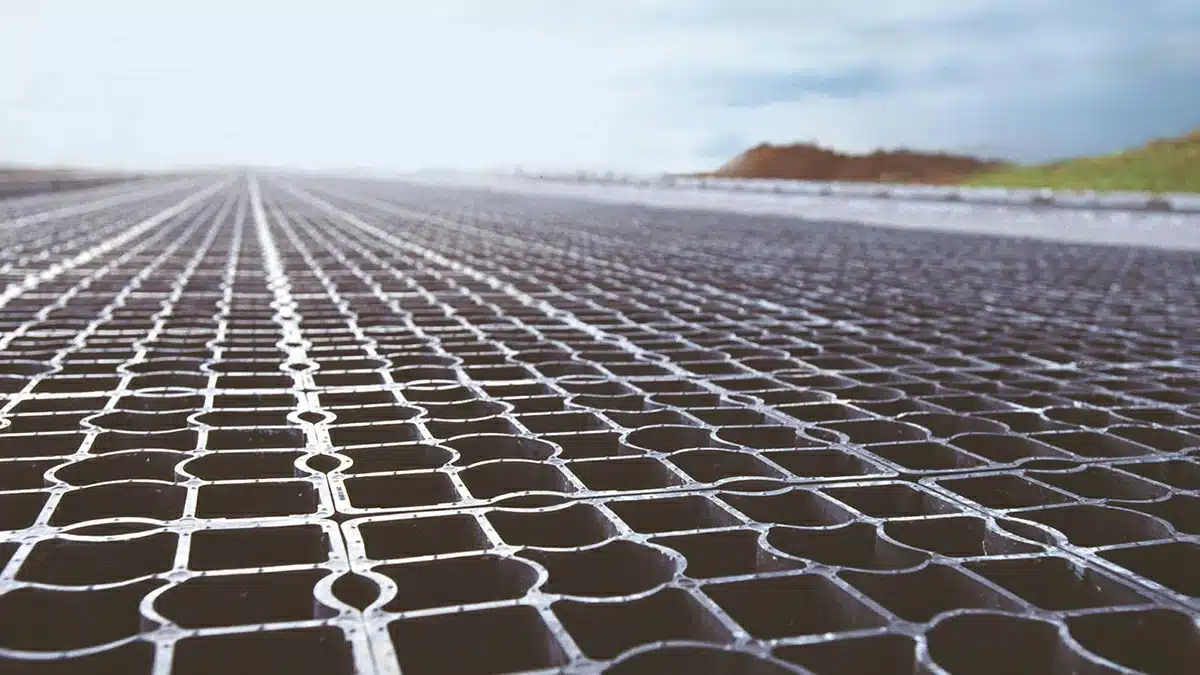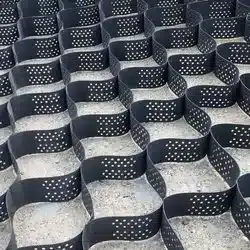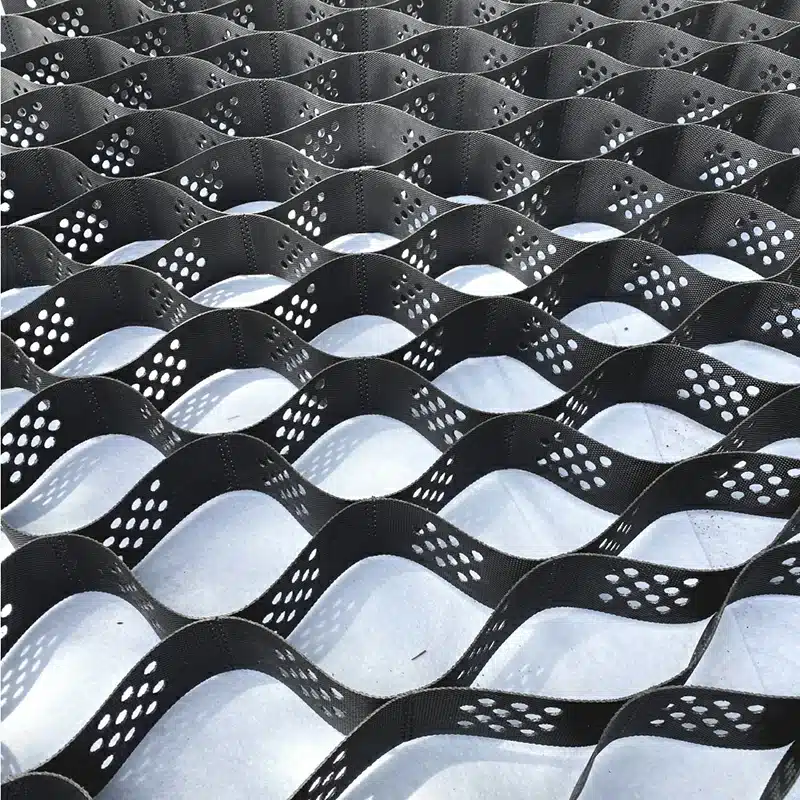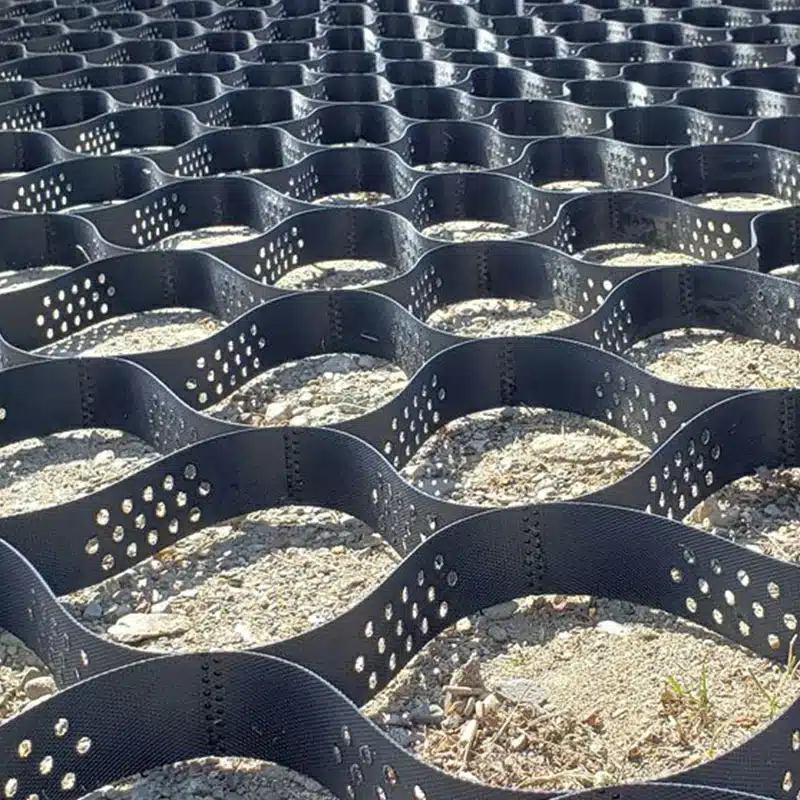+86-159 9860 6917
info@geofantex.com
geofantex@gmail.com
+86-400-8266163-44899
In the quest for sustainable and environmentally friendly solutions to soil erosion and land degradation, vegetated geocells emerge as a beacon of innovation. This popular science article delves into the world of vegetated geocells, exploring their design, benefits, applications, and impact on the environment. By integrating engineering with nature, vegetated geocells offer a promising path to stabilizing landscapes while fostering biodiversity.

What are Vegetated Geocells?
Vegetated geocells are three-dimensional, honeycomb-like structures made from various materials, including polyethylene, polypropylene, or recycled plastics, designed to hold soil and vegetation. The primary function of these geocells is to reinforce the mechanical properties of soil, prevent erosion, and support plant growth. By creating a stable microenvironment, they facilitate the establishment of vegetation in areas where erosion and instability would otherwise prevent successful plant development.
How do Vegetated Geocells Work?
Vegetated geocells work by confining soil within their cellular structure, which not only prevents soil erosion but also promotes water retention and supports plant growth. The cells are filled with soil and then seeded or planted with vegetation. As plants grow, their roots intertwine with the geocell material, creating a strong, interlocking system. This synergy between the geocell structure and vegetation enhances soil stabilization, reduces water runoff, and increases the area’s resistance to erosive forces.

Where are Vegetated Geocells Used?
Vegetated geocells find applications in a wide range of environments, from reinforcing riverbanks and slopes to landscaping in urban parks and green roofs. They are particularly beneficial in areas prone to erosion, such as steep slopes, shorelines, and areas receiving heavy rainfall. Additionally, they are used in the construction of eco-friendly pathways and to stabilize embankments along highways and railways, showcasing their versatility in both environmental protection and infrastructure development.
What are the Environmental Benefits of Vegetated Geocells?
The environmental benefits of vegetated geocells are manifold. They promote biodiversity by providing habitats for various plant and animal species. By enhancing water retention, they contribute to the replenishment of groundwater and reduce the need for irrigation. Their use in soil stabilization helps prevent land degradation and loss of arable land. Moreover, by incorporating vegetation, they contribute to carbon sequestration, helping to mitigate the effects of climate change.
Vegetated geocells represent a groundbreaking approach to managing soil erosion and enhancing land stability through a harmonious blend of engineering and ecology. Their design allows for the reinforcement of soil, promotion of vegetation growth, and protection of landscapes from erosive forces. With applications ranging from riverbank stabilization to urban landscaping, vegetated geocells offer a versatile solution to environmental challenges. Beyond their practical benefits, they play a crucial role in promoting biodiversity, water conservation, and carbon sequestration, marking a significant step forward in the pursuit of sustainable and eco-friendly land management practices. As we continue to face the challenges of soil degradation and environmental decline, the adoption of vegetated geocells stands as a testament to the innovative solutions that can arise from the intersection of human ingenuity and nature’s resilience.



Get Free Sample
We’ll respond as soon as possible(within 12 hours)






















